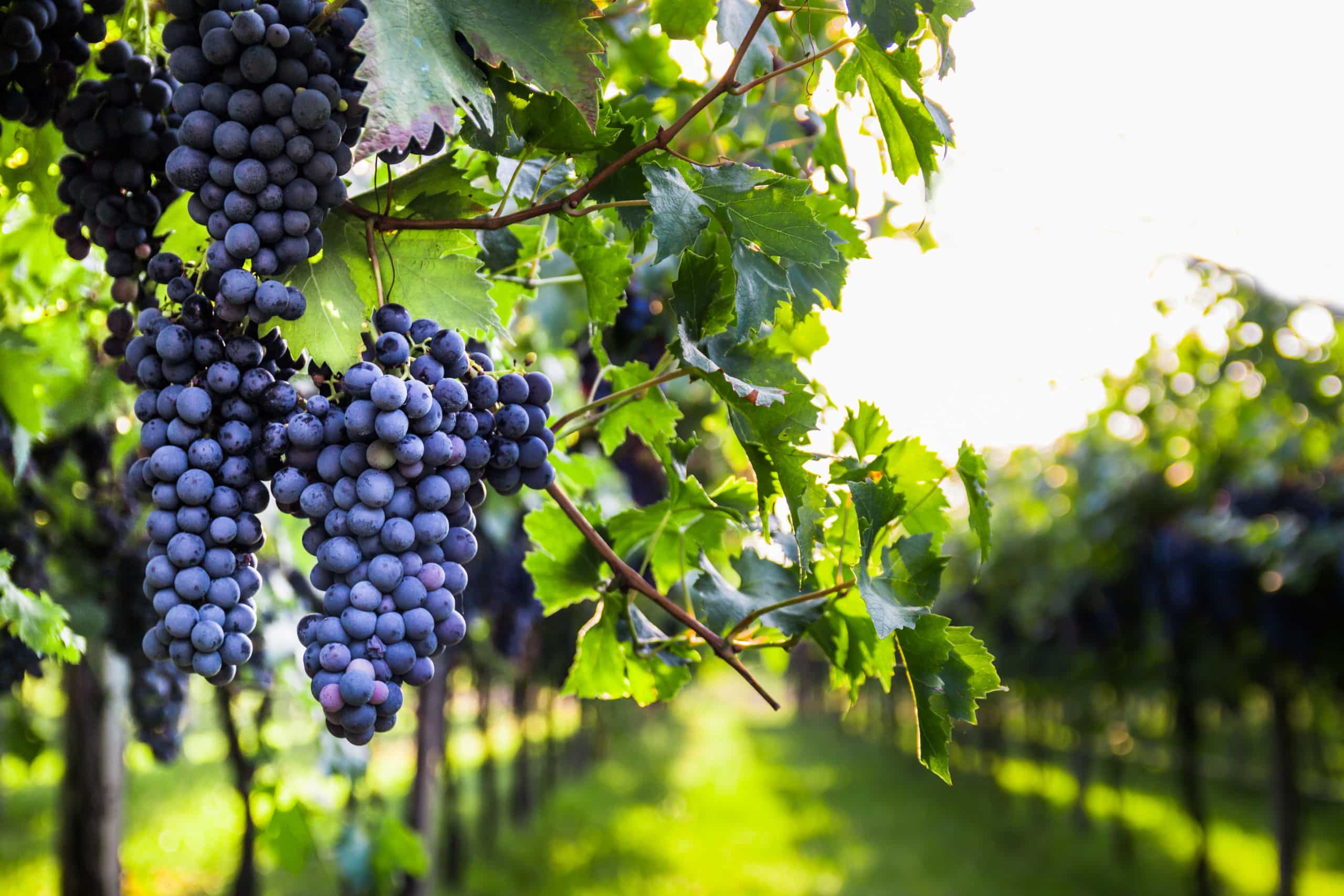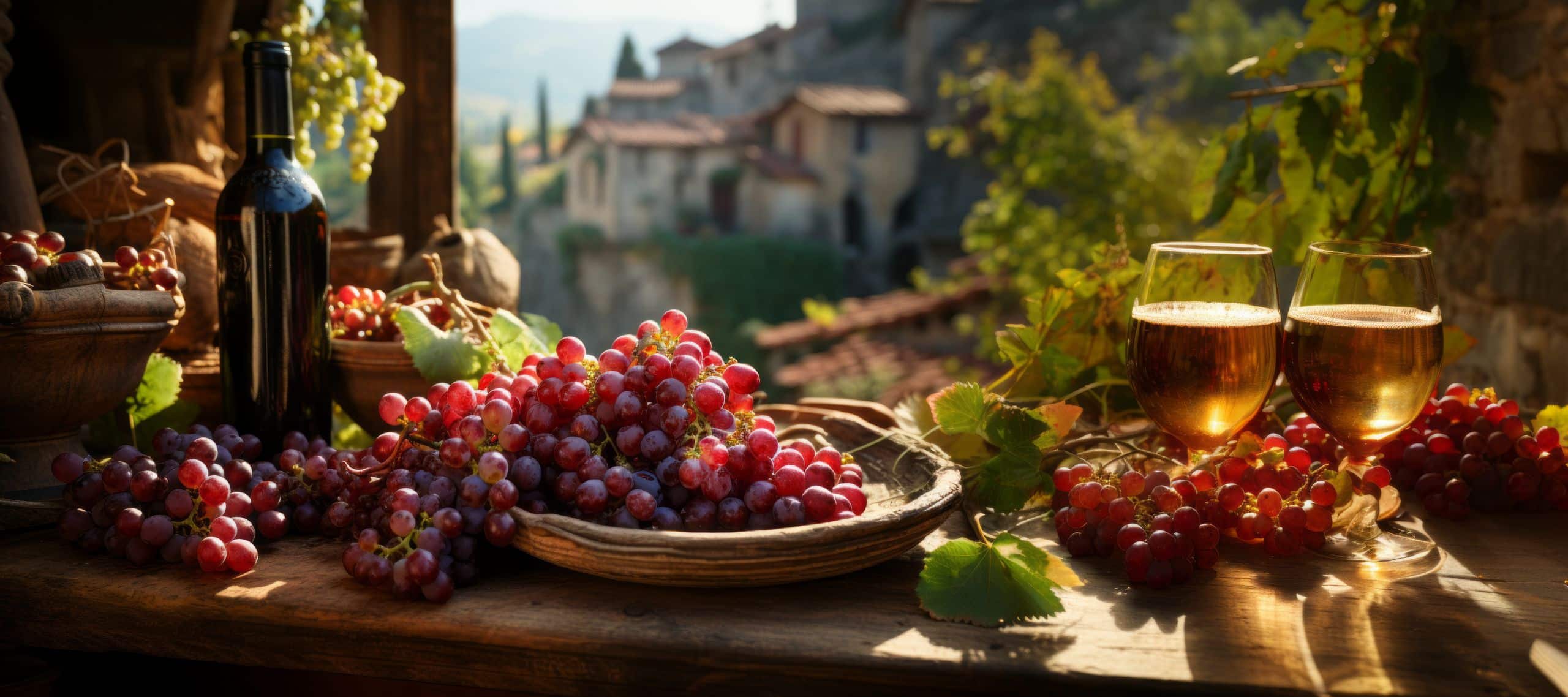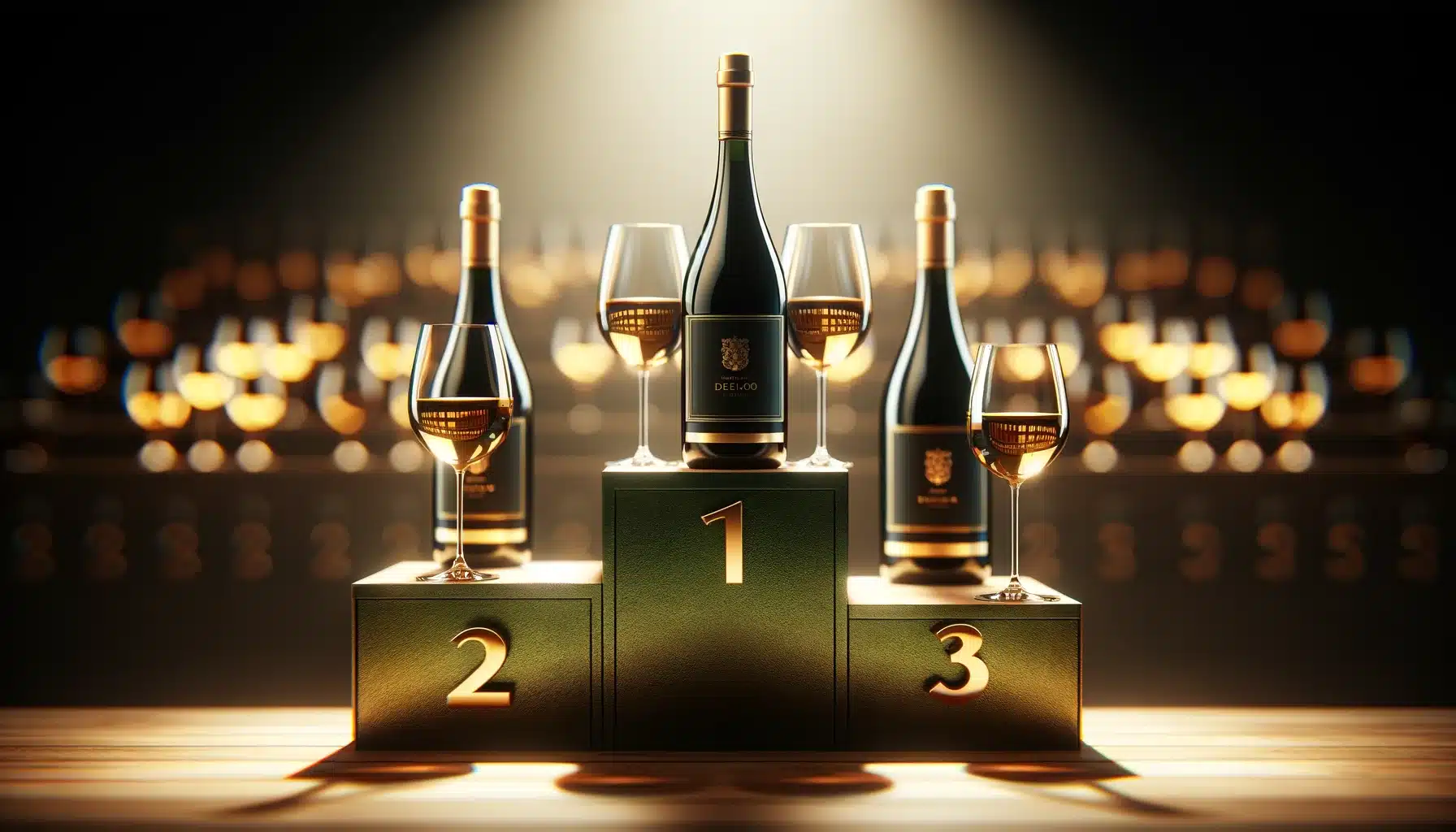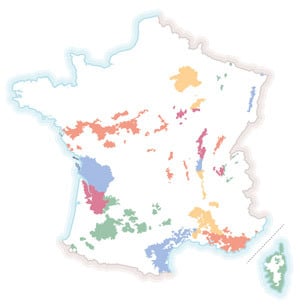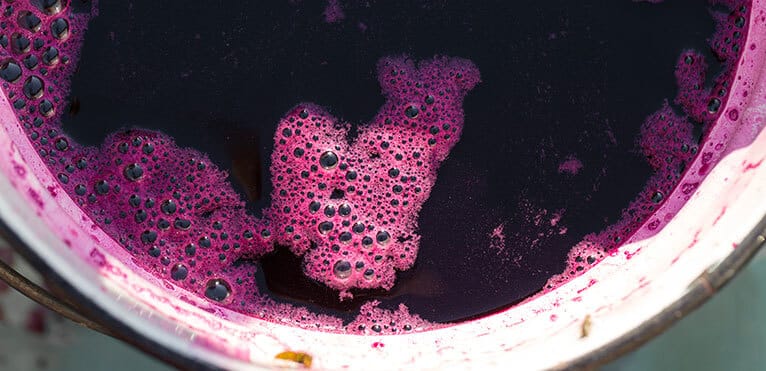
Contents
If we can appreciate the beautiful color of a wine during a tasting, it’s thanks to the clarification process that has taken place upstream. During the winemaking process, insoluble matter suspended in the wine must be eliminated before bottling.
This material generally includes dead yeast cells (lees), bacteria, tartrates, proteins, pectins, various tannins, as well as pieces of grape skin and pulp.
How to clarify a wine
There are two methods: gluing and filtering.
Fining consists of adding proteins (generally derived from egg whites) to the tanks to coagulate with the solid microparticles from the grapes. In other words, the proteins will cling to the residues to form a heavier mass that will sink to the bottom of the tank. This makes it easy for the winemaker to separate the residues from the juice.
The other method, filtering, involves simply straining the wine to remove solid particles and retain only the juice. Most of the time, filtering and fining are used together: fining is followed by filtering to obtain the clearest wine possible.
Why clarify?
First of all, for the taste. Residues in wine often give it astringent or pungent properties that are unpleasant to the taste.
Secondly, the clarity of a wine, or conversely the presence of lees in it, can be used to determine the approximate age of a wine. So, if the wine has not been clarified, this reasoning can no longer be used.
